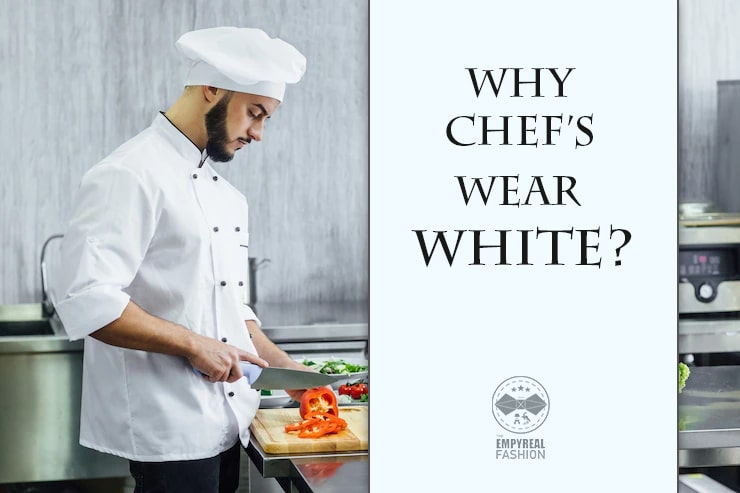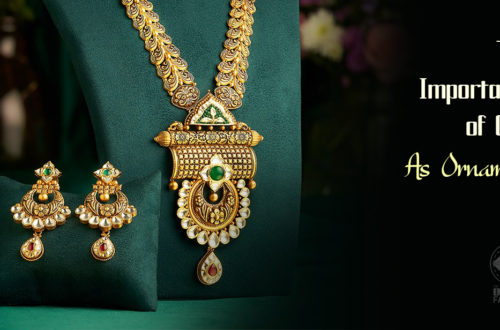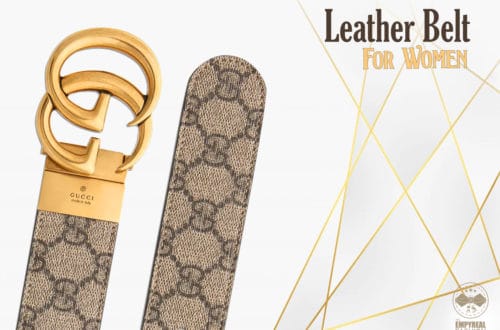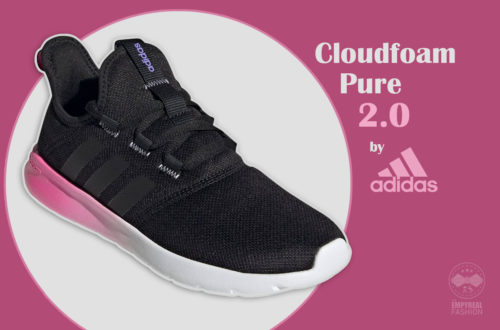
Why Chefs wear white?
A chef’s uniform is one of the most widely recognized uniforms in the world. Thanks to the innovative mind of Marie-Antoine Careme, known as the first “celebrity” chef, who decided to combine his two talents – baking and architecture – and came up with the iconic final look of the traditional chef uniform!
Every component of the look has been well thought-out. To begin with, the material is of heavy cotton to ensure insulation for the chef from the intense heat in the kitchen. Apart from the material being breathable, it also absorbs spilled liquid. To add to that, the knotted buttons are not made of plastic, consequently, won’t fall off and will come undone swiftly, in the case of an emergency. The flaps of the double-breasted jackets can readily be reversed in the event of unavoidable stains.
Why the brightest, most noticeable color White?
It is generally believed that part of a chef’s job is to make a mess in the kitchen, even staining their outfits, in order to make the perfect dish. However, Marie-Antoine Careme would disagree! According to him, white signifies cleanliness. A chef is considered good only when he can work without staining his uniform. It also acts as a shield from food hazards as stains are effortlessly noticeable against white backgrounds, guaranteeing further hygiene.
Moreover, white is a reflective colour. Therefore, it will help repel the heat instead of absorbing it in and we all know how hot the kitchen can get so it really is a must-needed feature.
Another appealing aspect of the uniform is the chef’s hat. The height of the hat, apparently, indicates the rank of the chef in the hierarchy. Thus, the head chef’s hat would be the tallest. Additionally, the folds in the hat indicate the different ways to cook an egg.
One lesser-known fact is that the chefs usually keep three coats with them at all times. The first one, obviously, is to wear while cooking. The second one will act as a rescue in case the first one gets stained or burned. The third one, however, is set aside for special occasions. For instance, in case of the arrival of a VIP. The chef would then wear the spotless and immaculate coat to greet them, leaving them with a neat and confident impression.






One Comment
Pingback: